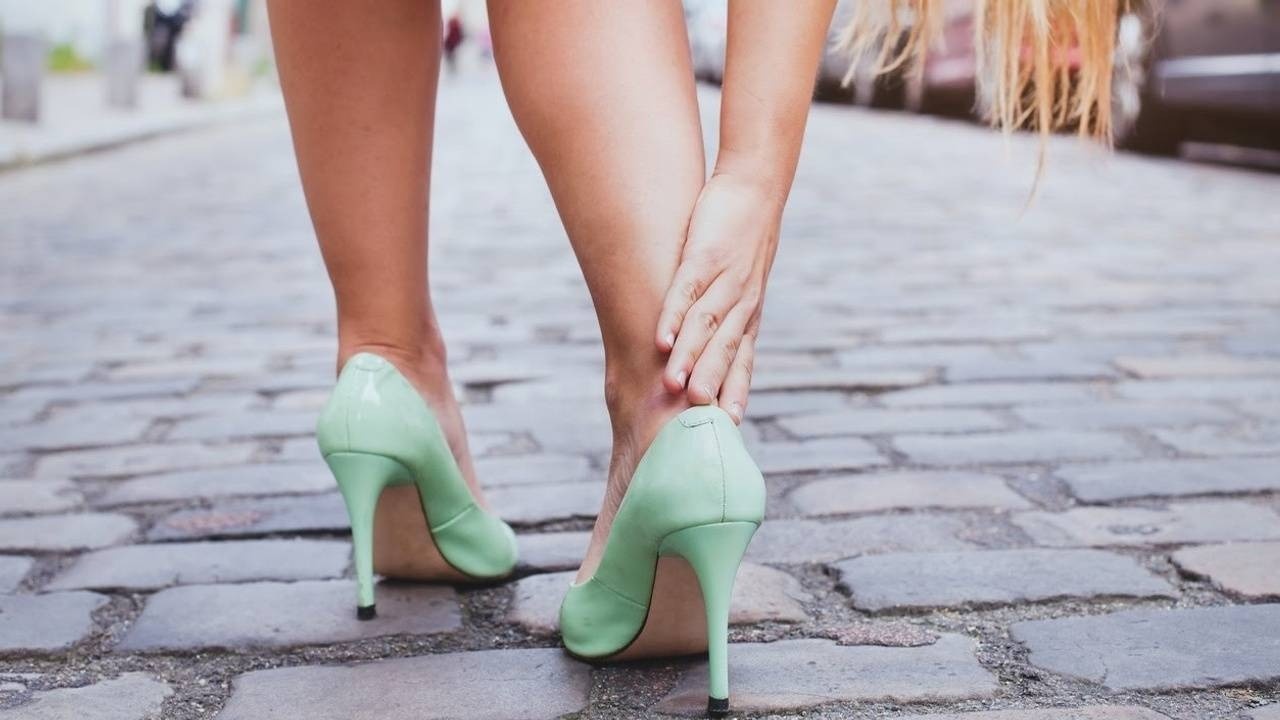Pain and Posture From the Feet Up Part 2
Jun 28, 2021
If the problematic condition is unequal or unilateral, the body will lean to one side. If the lean is slight, it may easily go unnoticed. That side will experience compression. Muscles and fascia will become habitually shortened and tight. Organ function may eventually be compromised. Blood and nerve supply are impaired. Joints of the compressed side can lose their range of motion. On the other side, the bony structures are drawn toward the compressed side while the muscles are stretched tight trying to right the body. With this torquing of the body, functional scoliosis is created. One shoulder is tugged downward with the short side, bringing with it the neck and head.
This chain of events can cause foot, ankle, knee, hip, sacroiliac, back, and neck pain. Several disorders of the foot itself will emerge over time. And as ever so far away it may seem, jaw dysfunction can occur.
Imagine a semi-flexible, multi-segmented length of plastic. Attached to each segment on either side is an equal number of equal strength rubber bands that attach to other structures. As long as all remain equal, the length of plastic stays blissfully upright. This plastic is your spine.
Now imagine that a structure attached on one end somehow becomes lower than the other identical structure on the other side. On the lower side, the rubber bands are suddenly pulling more, tightening their grip. And on the opposing side, those rubber bands are stretching more while simultaneously tightening. Can you see what is happening?
And what has become of the plastic strip? The segments are being tugged on, twisted, and bent. All I am showing you with the spine is happening throughout the body causing pain.
Pain can be from inflammation where stresses on the framework cause dysfunction such as joint misalignment, muscle fatigue, spasms, restricted blood flow, and disturbed innervation to the muscles. Myofascial trigger points in leg muscles can disrupt the proper function of the foot. Over time, these issues wear down the joints.
The foot itself can develop callus build-up, bunions, neuromas, etc. which can all be signals of alignment problems. Where do you find calluses on your foot, if any? This tells you where there is pressure on the foot. Are the toes straight or turned in or out? Does your arch flatten when you stand? Are there toes turning under others? Do the toe joints bend easily or are they stiff and claw-like?
Now, the point is, what are the feet pain solutions? Surgery is often the chosen solution for many of these problems that can often be avoided or minimized. Surgery also often has its own set of problems once it is done. It is our responsibility to take care of ourselves. It is our responsibility to be as informed as possible on our choices. Surgery should be the last option, not a first reaction.
Our feet were not designed to be cooped up in shoes or to walk on mostly hard, flat surfaces. By imprisoning these ingenious tools we have robbed them of their strength. No longer do the muscles of the legs and feet have to constantly adapt to changes in the surfaces upon which they travel. Adaptation is what made them and our core strength.
On uneven surfaces, bare feet adjust with each step. When the foot arch is pressured, its reflex is to withdraw by contraction. Each contraction strengthens the arch and its support system. Modern life has weakened both the arch and the several leg muscles that assist in arch functioning. Shoes made more for fashion more than for functionality are a major cause of foot pain.
Don't Use The V-Word
Do you mind my asking you how old you are?" Linda, in her early 70's, doesn't identify as a "senior" - at least not in the context that most people think of it.
Published by James Lee
Stay connected with news and updates!
Join our mailing list to receive the latest news and updates from our team.
Don't worry, your information will not be shared.
We hate SPAM. We will never sell your information, for any reason.

